30 Old-Fashioned Frugal Tips From Grandma

Check out this comprehensive list of money-saving ideas and old-fashioned frugal living tips from grandma and the depression era. If you want to learn how to save hundreds, then turn back the clock with me and see how past generations lived.
This post contains affiliate links, if you make a purchase through one of these links, we will make a small commission at no extra cost to you. See our Disclosure Policy for more information. Thank you for your support.
Old-Fashioned Frugal Living Tips
It’s no secret that past generations were made up of incredibly industrious men and women. They went through many hard times like the dust bowl, the great depression and multiple world wars.
These life-changing events shaped them in a way that our modern minds just don’t understand. They were forced to use what they had to solve problems instead of spending more money, because they simply didn’t have any extra to spare.
They produced way more than they consumed out of necessity and I believe that they were better for it.
I admire their frugalness and think that we, the younger generation, should learn to employ some of their work ethic and money saving tactics into our fast-paced modern lives.
We think we’ve “advanced” past needing to do such old-fashioned skills such as mending clothes or cooking from scratch, but that’s just arrogant in my opinion.
We were created to work with our hands and I think that we should learn to slow down and smell the roses, so to speak by doing things such as hanging our laundry to dry or soaking beans overnight to cook a simple homemade meal for our families.
These skills will not only save us money, but also force us to unplug, take a deep breath and appreciate the satisfaction of using our own skills to meet needs instead of just spending more money.
So today I’m sharing 30 Old-Fashioned Frugal Tips from Grandma in hopes that we can learn what it means to use it up, wear it out, make it do or do without!
Save Old Containers for Reuse
Who needs to spend money on containers when you can use sour cream or yogurt tubs to store leftovers, pack a lunch or organize screws in the shed? Wash out glass bottles to make a flower vase or turn a 2-liter bottle into a bird feeder. The sky is the limit here and remember, any container that you save is money in the bank.
Line Dry Clothes
I just started drying my clothes on a clothesline last spring and I have to say that I love it. As a busy mom of four, taking a few moments to be outside, hanging clothes on the line is a pocket of peace and quiet in my otherwise, busy day. Plus, I feel like I’m doing my family good because it’s saving us the cost of running the dryer and extending the life of our clothes in the process. It’s really a win-win, so why not give it try?
Cook from Scratch
It goes without saying that women of past generations cooked from scratch out of necessity since they simply didn’t have a choice. We are blessed to have an abundance of ready made food at our fingertips, but it definitely comes at a cost to our wallets, the environment and our health. Simply put, the more you cook from scratch, the more money you will save.
Additional resources for cooking from scratch:
Bake Your Own Bread
Learning to bake your own bread deserves it’s own category because it’s so all encompassing. Just consider how many different kinds of bread you buy in a months time. Learning to make your own sandwich bread, dinner rolls, tortillas, muffins, donuts, hot dog buns, etc. can really cut down on the cost of your grocery bill.
Mend Your Clothes
There are a lot of modern people out there that don’t even know how to sew on a new button. This is really sad in my opinion because it doesn’t take much time or skill to do and it extends the life of your clothes exponentially. Learning to do things such as mending seams, patching holes or sewing on a button will really save you money in the long run, especially if you have children or a husband who are hard on their clothes.
Wear an Apron
This tip may seem really outdated, but the purpose of aprons are to protect your clothes. Women didn’t used to have very many dresses, so they would use aprons to protect the ones that they had to keep them clean, tidy and extend their use. It’s not hard to get into the habit of putting on an apron everytime you’re working in the kitchen, garden or any other dirty job. Doing so will save you money by protecting the clothes that you’ve already spent you’re hard earned money on. I like these pinafore style aprons.
Make the Switch to Cloth
The amount of money that is spent on disposable items such as, paper products is staggering. Just think about how many packs of paper towels, napkins, face wipes, feminine products, diapers, etc. that you buy in a year. All of those costs really add up to a pretty hefty amount that could be money in your pocket if you switched to cloth. All it takes is a change of habit and mindset. So why not take the plunge and give it a try?
Save Old Sheets and Towels for Rags
If you don’t want to spend money on cloth napkins or wipes, why not make your own using old t-shirts, sheets or towels? Once something like an old towel has reached the end of it’s life to dry you off, consider cutting it up for cleaning or using as shop rags. Make sure your rags are made from cotton because some of the cheaper synthetic fabrics don’t absorb very well.
Eat at Home
Our grandparents ate at home 90% or more of the time because eating out was expensive and reserved for special events. I recently read that eating out can cost over 350% more than eating at home. I’m not sure where that number came from, but with the cost of inflation these days it’s easy to believe. Feeding our family of six can cost upwards of $40-$50 easily at a cheap fast food restaurant, so why would I do that when I could feed us all at home for $5-$10 instead??
Grow Your Own Food
I’m a big advocate for growing your own food. I think everyone should at least have a pot of herbs or a tomato plant on their back patio. It’s an important skill that shouldn’t be lost, since our very existence depends upon it. Also, it can save you money, but the amount varies depending upon how much you spend on gardening and how much produce you actually buy in the first place. However, done carefully, growing your own food and cultivating a vegetable garden can save you a lot of money, especially on higher priced items such as berries and fresh herbs.
Additional Gardening Resources:
Learn to Preserve What You Grow
An extension of growing your own food is learning to preserve your own food. Whether its canning, dehydrating or freezing, food preservation is definitely a money-saving skill. Even if you don’t grow a lot of food, being able to preserve food that you buy in bulk or find at a discount will save you a good amount.
Make Your Own Gift Cards, Gift Tags and Wrapping Paper
Buying these things is fun, but also expensive, besides when you take the time to create something like a card for someone that you love, it means more than store-bought. We keep a stack of paper grocery bags for wrapping gifts for free. You could also use them to make cards or tags. The sky is the limit with your creativity. I bet you could create something even more beautiful than you thought if you just give it a try.
Use Both Sides of the Paper Before Recycling It
This tip is so simple and yet how many of us actually do it? Paper is so abundant that we don’t even give it a second thought to just toss barley used pieces in the trash. I keep a stack of scrap paper for my toddler to draw on, that way whenever she wants to create something she knows where to get supplies.
Learn to Stock a Frugal Pantry
Learning to stock, meal plan and cook from a frugal pantry will save you hundreds of dollars each year. By learning to cook with healthy, frugal items you’ll not only save money, but be eating healthier. The best items to stock would be whole grains such as oats, rice, pasta, lentils and flour. You can also stock root vegetables that store well like potatoes, onions, carrots and sweet potatoes. Of course, it goes without saying that if you don’t actually eat these items, then don’t spend money on them. You need to decide which frugal items you should stock for your family.
Additional resources for building a frugal pantry:
- How to Build an Old-Fashioned Frugal Pantry
- 15 Cheap Pantry Meals with 4-Ingredients or Less
- 7 Frugal Cooking Tips from the Great Depression
Reuse Your Leftovers
What’s the point of cooking from scratch if you aren’t making use of your leftovers before they go bad? I eat leftovers pretty much everyday for lunch, but sometimes we have things leftover that no one wants. This is where your creativity comes in by remaking them into something new. Soups and casseroles work really well for this because they’re all mixed in together. Don’t be afraid to experiment to see what works and what doesn’t because otherwise, how would you ever learn?
Buy Cheaper Cuts of Meat
I’m sure you’ve bought many packs of boneless, skinless chicken breasts in your day, buy what about the cheaper cuts of meat? Have you ever tried chicken thighs, drumsticks or leg quarters? These are often half the price with tons more flavor. Consider trying something new with a lower price tag in the meat department. You might be surprised at just how good it tastes. Plus, you can use the bones to make homemade bone broth!
Make Your Own Cleaning Products
Grandma didn’t buy expensive bottles of cleaner for every surface in her home because they simply didn’t exist. Instead, she used household items such as vinegar, baking soda, salt and borax to help keep a clean home. I use vinegar and water to clean countertops, mirrors and windows. I also use baking soda and water to clean grimy surfaces such as the stove top or bathtub. By creating your own cleaning products using cheap products you’ll be saving a ton of money.
Eat Simple Meals Such as Beans or Soup
Learning to cook with simple ingredients such as oatmeal, beans, or soup is a lost art in our society because we are used to so much abundance, but sometimes too many choices can be a bad thing. Just because it’s available and we can afford it doesn’t mean we should buy it. It all adds up on the grocery bill and sometimes its best to go without and eat simple food in order to simplify our lives and save money.
Eat Simple Snacks
This one goes along with eating simple meals. Think about what kinds of snacks, if any, our grandparents ate on a daily basis. They had things like apples, nuts, cheese or hard boiled eggs to snack on instead of packaged granola bars, crackers or fruit snacks. By simply eliminating pre-packaged snack food we would all save a lot of money and be healthier for it.
Drink Water Instead of Soda or Juice
Grandma didn’t have special drinks around that cost extra money. She simply drank water, coffee or tea that she brewed at home. She kept it frugal and simple. We spend so much on bottles of water, sports drinks, sodas and specialty coffees that it’s a multi-billion dollar industry and yet why not just save the money like grandma did and drink water? Your wallet and your waistline will thank you for it.
Reuse Parchment Paper, Aluminum Foil and Plastic Bags
Women from the depression era reused everything including things like parchment paper, aluminum foil and plastic bags. You know they didn’t throw anything away until its life was completely gone. To reuse plastic bags simply wash them out and turn them inside out to dry. For parchment paper and clean aluminum foil simply fold them neatly and store them in a drawer until you’re ready to use them again.
Make Your Own Groceries
We have almost unlimited access to just about any convenience item on the market, but these items can make our grocery bill go way up, if we’re not careful. By learning to make things like tomato sauce, applesauce, pickles and pancakes you’re reducing your grocery bill and preserving old-fashioned cooking skills at the same time. It’s really a win-win.
Additional Resources for Making Your Own Groceries:
Learn to Substitute Ingredients
Being flexible in the kitchen is a great way to save money. First of all, try to choose recipes with ingredients that you already stock, but if want to try one that calls for expensive specialty items, consider leaving it out altogether or finding a cheaper alternative. Recipes are great, but you have complete freedom in your own kitchen to change things up whenever you need too.
Make Your Own Natural Remedies for Medicine
We all know that grandma didn’t run to the drugstore for every little symptom, right? She likely had a store of knowledge that was passed down to her about natural remedies that worked just as well or in some cases better, than store-bought. In our modern culture, we are quick to medicate every symptom, but I think we’d be better off to use more home remedies as our first line of defense, don’t you? Check out my recipe for Instant Pot Elderberry Syrup to get started!
Barter with Your Friends and Neighbors
Bartering is a lost skill in our day and age, but one that could save us a large amount of money if we just used our creativity and our surrounding community. Bartering was common in the depression era because people simply didn’t have the money to buy every little thing, but they did have a strong community that they could lean on and exchange goods and services with. I’ve used our extra eggs for bartering several times and it’s always a little thrill when I can get something that I need without having to spend money on it. So why not look around and see what you could offer for trade with your neighbors. You might be surprised at the response.
Exercise for Free
Exercising as it’s own activity is a modern concept. Past generations stayed in shape simply by staying active in their day to day lives with activities such as gardening, cleaning, walking to the store, etc. Find ways to get more exercise without spending money by naturally getting more movement in creative ways. Can you park in the farthest spot every time you go to the store? Can you take the elevator instead of the stairs? Mow the yard? Take the dog on a walk? These are all great ways to get free exercise while also accomplishing another task.
Grow Your Own Flowers for Bouquets
Fresh flowers cost a pretty penny at the grocery store, but they can easily be grown on your own in the garden. You can also go on a walk and gather wildflowers, where permitted, to create your own rustic bouquets. Use your imagination and see what types of plants you can find in your own backyard including flowers, vines and branches.
Focus More on Relationships than Material Possessions
Shopping is a hobby for lots of modern people, but it would save us tons if we were to start spending time with our loved ones in nonconsumeristic ways more often. Consider playing cards, going on a walk or going on a picnic on a Saturday instead of going to the mall. I know it can be difficult, but if you’re feeling the need to shop without actually needing anything, then you can most certainly fill the void that you’re feeling in a different.
Live a Smaller Life
People in the 21st century seem to think that the world is their oyster with limitless amounts of money and possessions, but grandma knew better. She knew her limitations and made the best of them. She lived a small life in her (most likely) small house and community. She had deep roots at home and didn’t stray very often. She created a haven where she was and was content. Consider the different ways that you could live smaller by downsizing your house or car, canceling subscriptions, dressing and eating more simply or getting involved in your local community at a deeper level.
Use It Up, Wear It Out, Make It Do or Do Without
You might recognize this saying from the depression era. It’s a mantra that older generations lived by to make the most of what they had. They also often just plain went without. This is a strange concept in our debt ridden, instant culture, but it’s something that I think we could reap a host of benefits from if we were to put it into practice in our day to day lives. So the next time you run out of something or find yourself in need, try to come up with a solution without spending money and see how it makes you feel.
Be sure to check out these additional money saving resources:
- 15 Creative Ways to Fight Inflation in the Kitchen
- 10 Old-Fashioned Money-Saving Skills that You NEED to Learn
- 6 Powerful Life Lesson Learned from My Thrifty Grandma
- 8 Lessons Learned From The Great Depression
What is your favorite tip? What would you add do the list? I’d love to know!
Follow Graceful Little Honey Bee on:
Pinterest | Facebook | Instagram | YouTube
This post was originally published in June of 2017, but has been updated for your convenience.



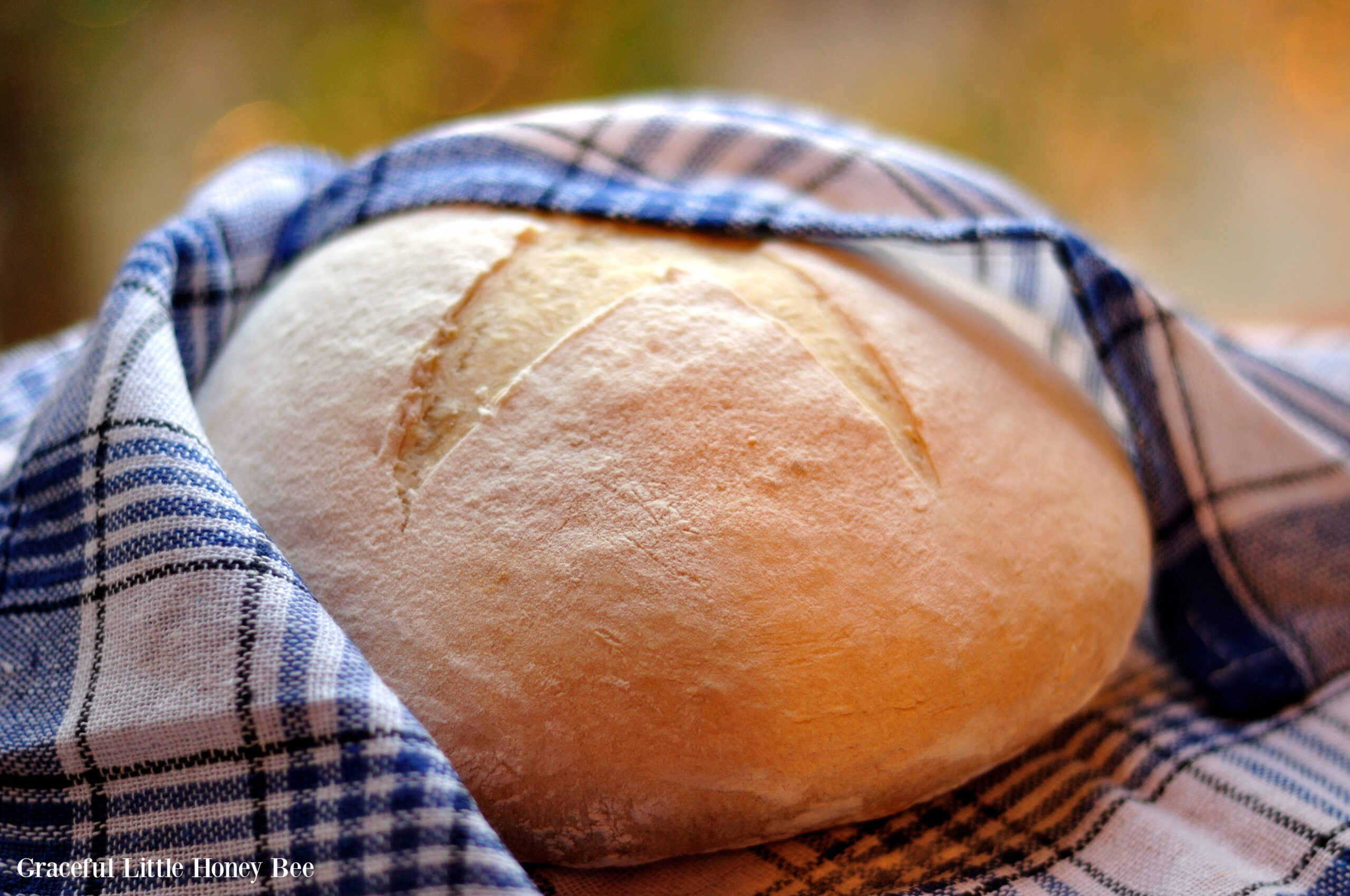
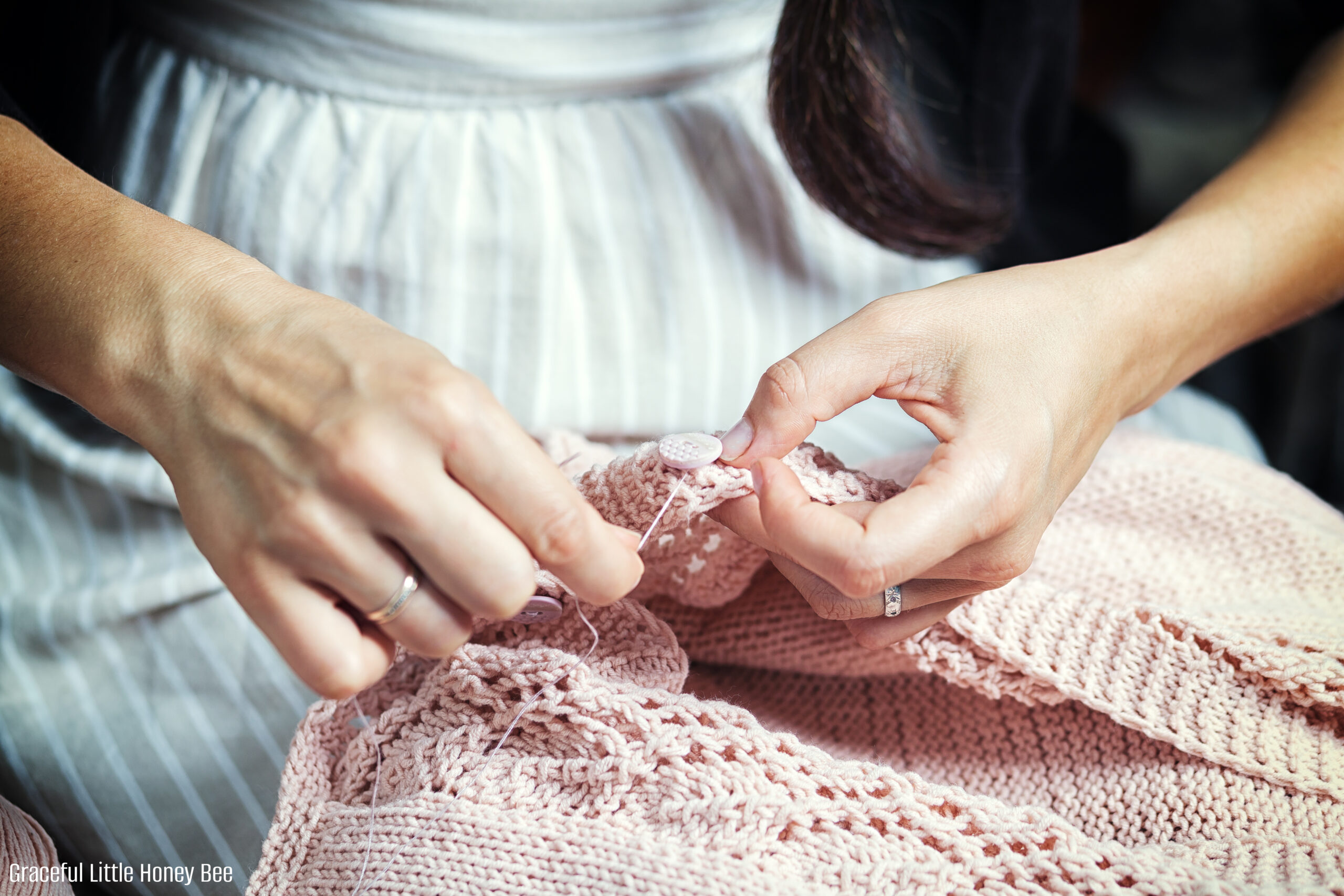
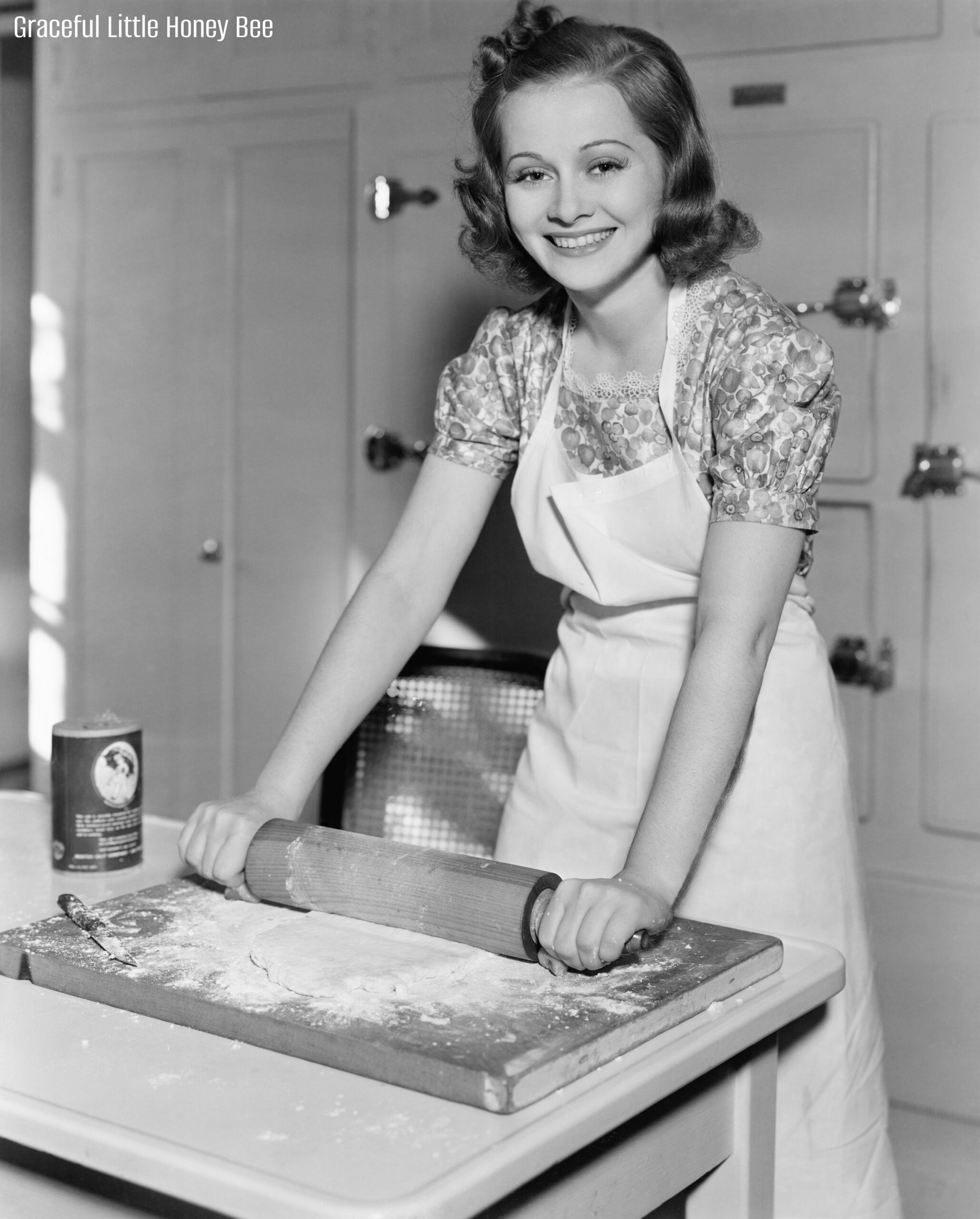
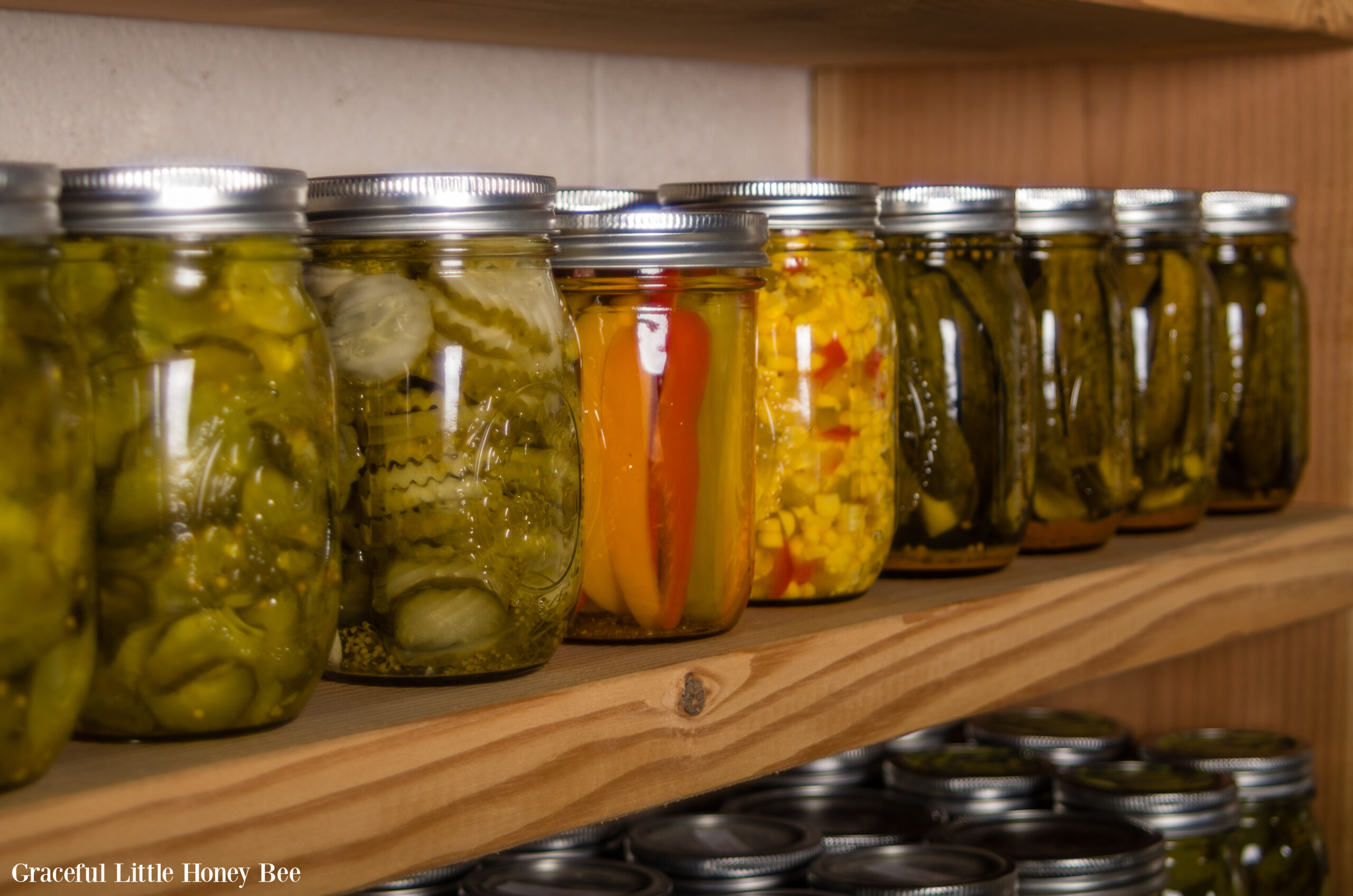
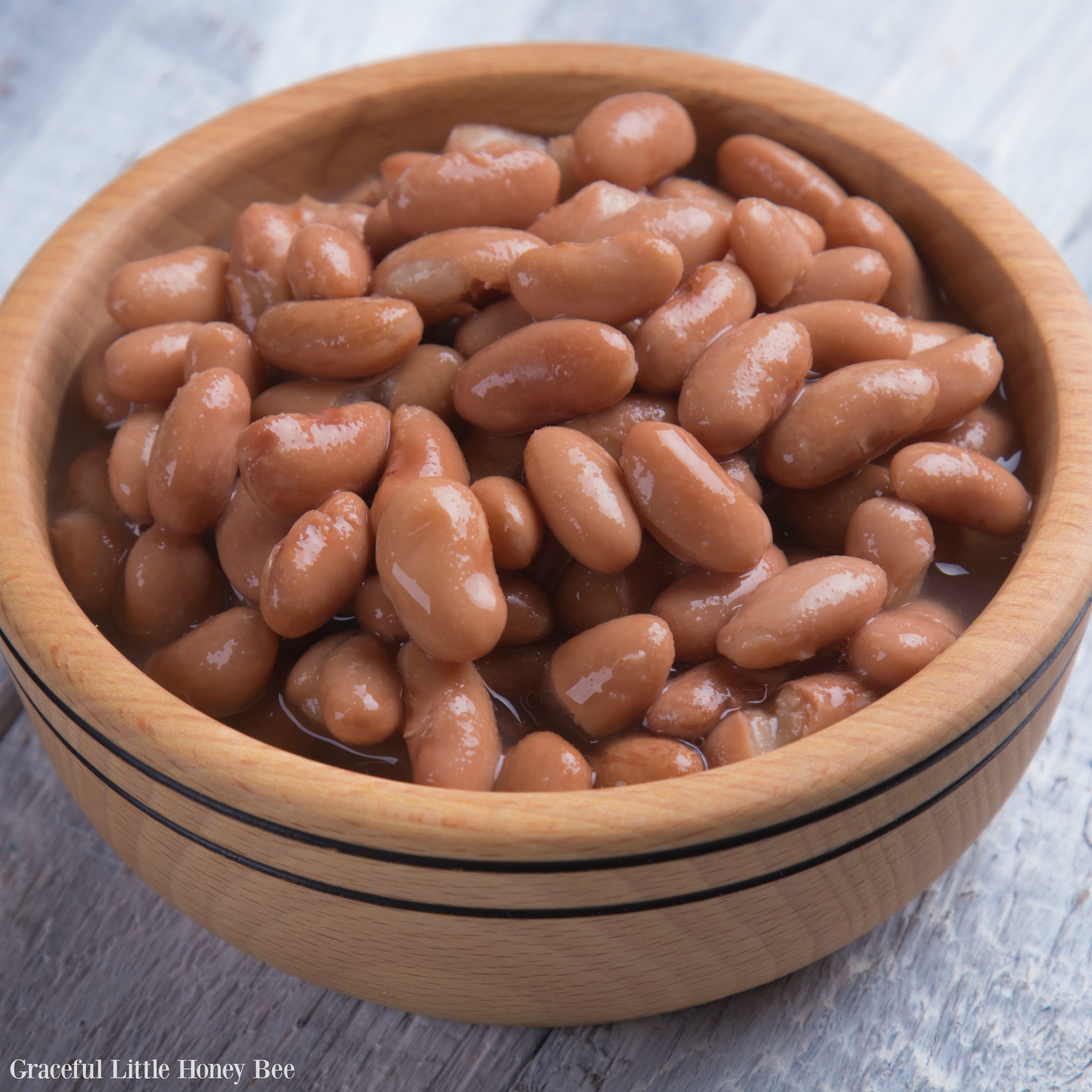
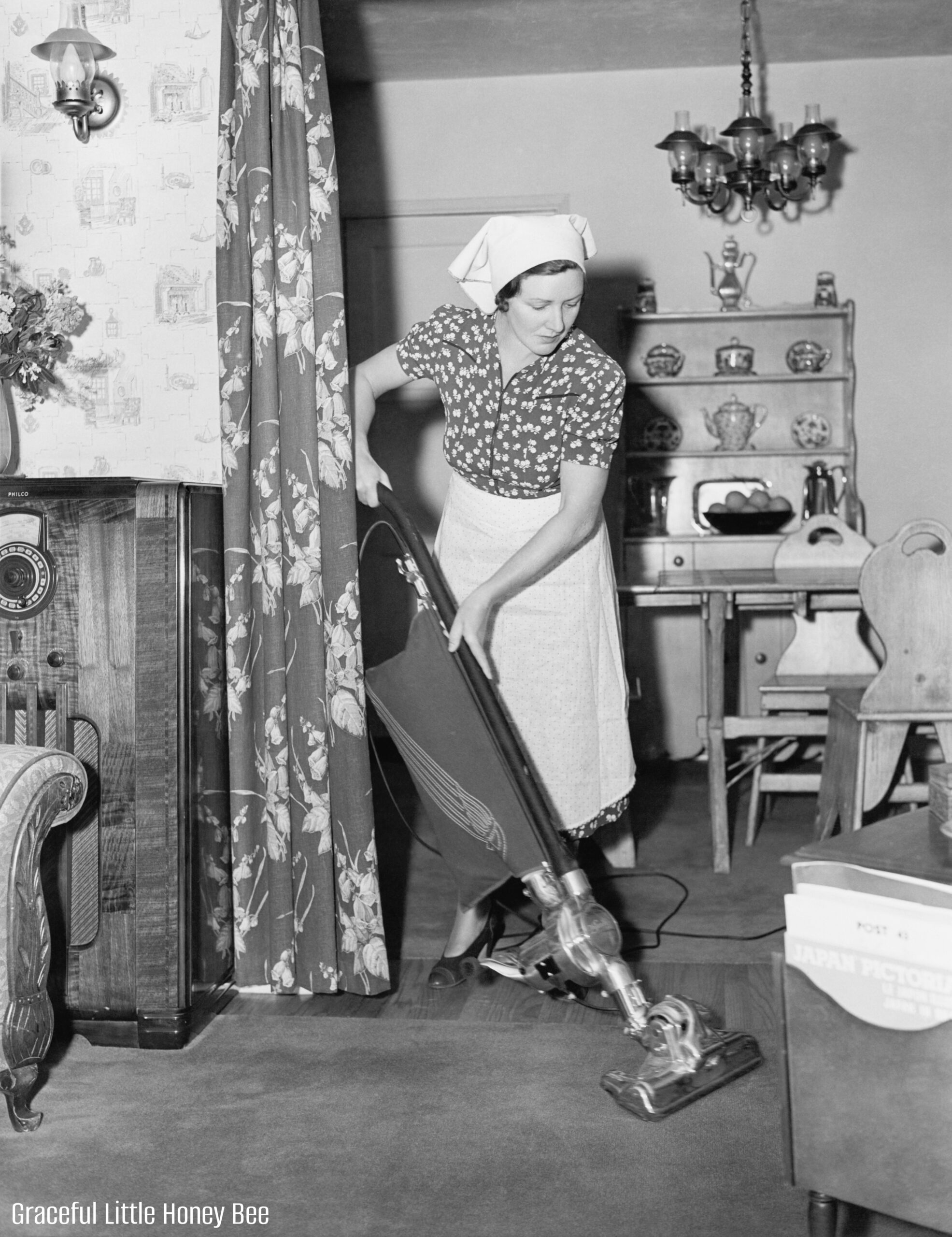

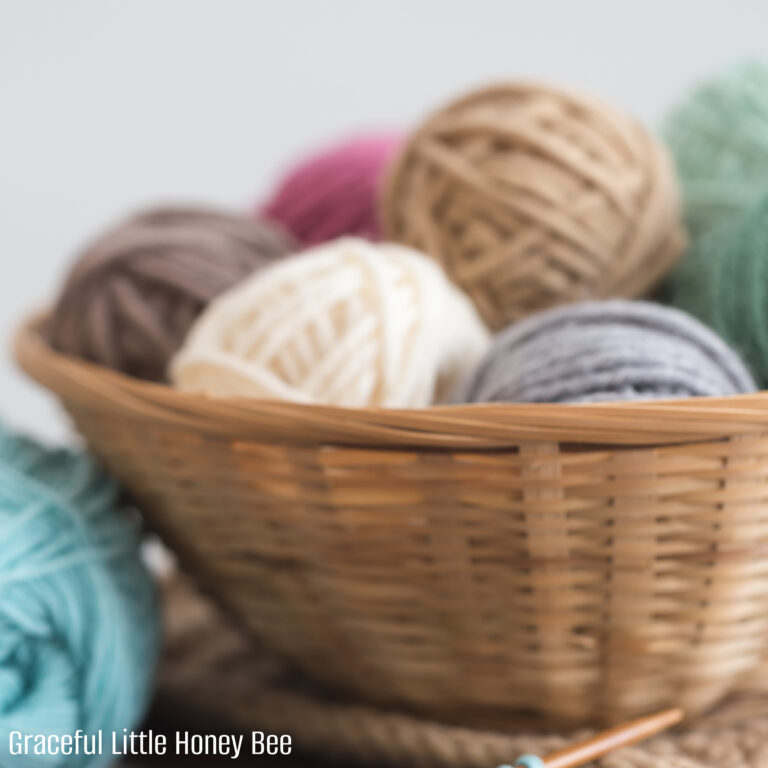
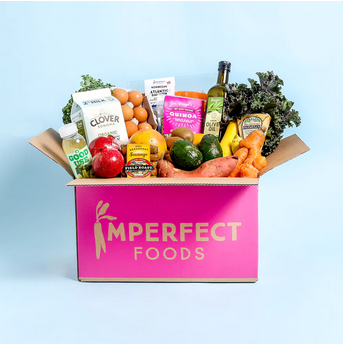
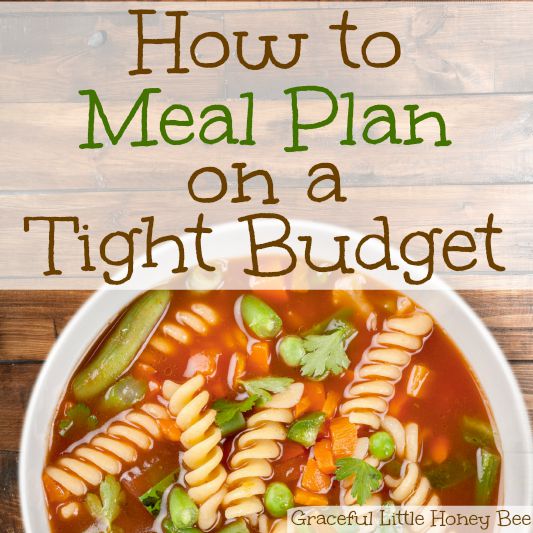


62 Comments